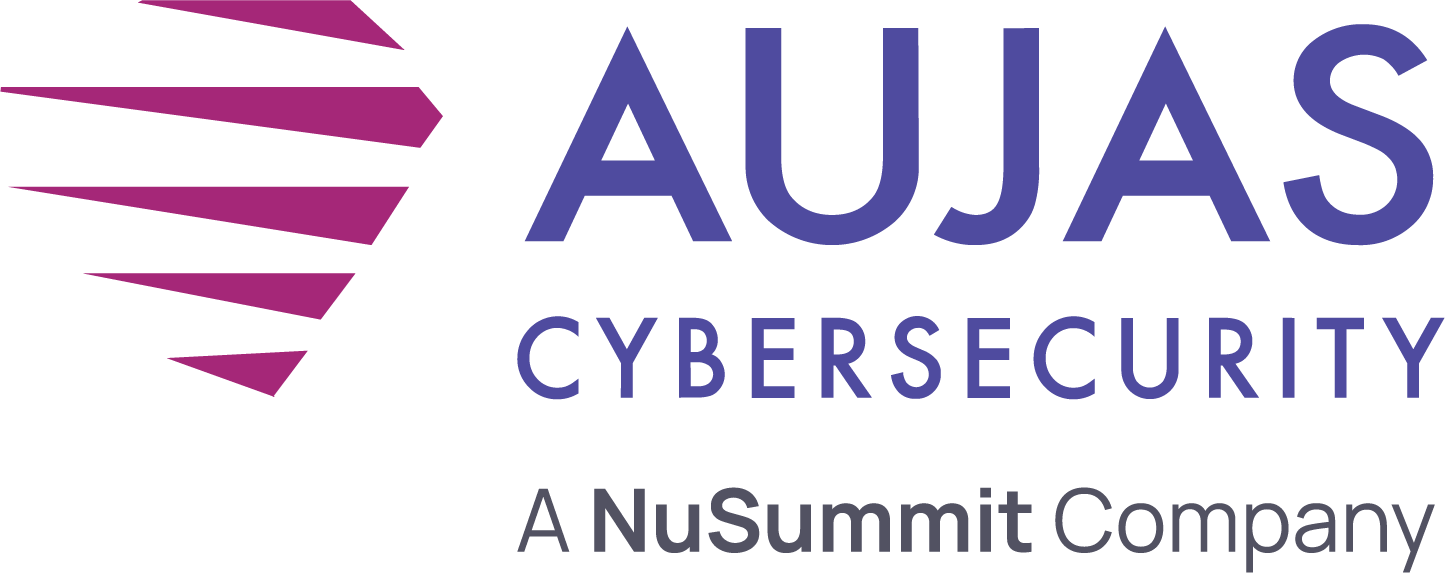
A few years ago, a large multinational company suffered a serious data leak—not through its own network, but through a popular third-party file transfer tool. That single, indirect weak point revealed private information, harmed the company’s reputation, and caused financial damage. The problem began with a standard software update, something many organizations tend to overlook.
This is not an isolated situation anymore. These days, similar events appear in discussions among top executives, audit committees, and strategic risk groups. As Chief Information Officers, Chief Information Security Officers, and digital transformation leaders, we often hear, "How can we safeguard the business beyond our own boundaries?"
In 2025 and beyond, Third-Party Risk Management (TPRM) will not be just about buying services or running an IT checklist—it will be a wide-ranging responsibility across the company tied directly to operational resilience, compliance readiness, and competitive positioning.
Six TPRM Trends to Watch in 2025 and Beyond
Third-party risk management must grow beyond typical controls as organizations confront a more complex and interconnected business environment. Below are six main trends influencing TPRM’s future, led by the need for resilience, openness, and strategic value.
AI-Driven Risk Scoring and Predictive Analytics
Artificial Intelligence is quickly helping us make better and faster decisions about risk. In today’s busy vendor environments, old-fashioned risk questionnaires and manual checks are insufficient. AI-based methods now rank vendors using real-time data, unusual patterns, threat indicators, and even geopolitical exposure.
According to Gartner, by 2025, 60% of companies will treat cybersecurity risk as a key factor when picking third-party partners. Predictive analytics speeds up the vendor selection process and allows risk managers to spot issues before they happen—shifting risk management from a reactive approach to a forward-looking one.
From a business perspective, this results in quicker decisions, less vulnerability, and stronger confidence among regulators and investors.
Continuous Monitoring Over Point-in-Time Assessments
Many organizations still depend on yearly evaluations of their suppliers. However, risks do not wait for a scheduled review. Continuous monitoring tools give a real-time picture of a vendor’s changing cyber situation— detecting changes in vulnerability exposure, data leaks, or control gaps.
Organizations that use continuous monitoring can deal with supplier risks more quickly than those using static reviews. This swiftness is crucial when a partner’s security breach can become a severe issue in hours. From an operational view, this ability to move faster limits the damage window if a supplier is compromised.
Enhanced Focus on Regulatory Compliance and Reporting
As regulators pay more attention, companies must firmly control third-party risk management. By 2025, this will not be a passive function but a proactive enterprise priority.
Firms are investing in automated tools and integrated systems that simplify the management of compliance records and produce real-time logs for audits. These solutions help track vendor assessments, ongoing monitoring activities, and incident response readiness, enabling companies to respond to regulatory inquiries swiftly and accurately.
The bigger spotlight on compliance also mirrors growing interest at the board level, where stakeholders want assurance that evolving laws and regulations manage third-party risks.
TPRM Meets ESG – Responsible Sourcing and Beyond
With rising expectations around Environmental, Social, and Governance (ESG) matters, the need for ethical and sustainable supplier chains is also increasing. As organizations align with ESG values, they look for suppliers that demonstrate the same commitment, especially in data privacy, security, and corporate governance. Ethical sourcing is a way to stand out competitively in this environment, not just meet rules. This development pushes companies to include ESG checks in their TPRM programs.
Supply Chain Mapping and Fourth-Party Risk Management
While mapping the supply chain aims to boost visibility and analyze risk across the vendor network, fourth-party risk management goes further, ensuring that responsibilities and due diligence apply beyond direct suppliers.
Most organizations are advancing in third-party oversight, but fourth-party risk remains a newly emerging blind spot that increasingly worries regulators. A supplier’s chain of partners, contractors, and outsourced teams can silently introduce hidden threats.
Organizations now demand vendors reveal their key third parties, assess them carefully, and include fourth-party controls in their contracts.
Integration of Cyber Insurance for Third-Party Risks
As the exposure to third-party vulnerabilities grows, many organizations use cyber insurance as a planned way to manage these risks. Unlike traditional policies, modern cyber insurance often includes coverage for third-party liabilities—handling monetary losses, business interruptions, and remediation costs after vendor breaches. This reflects a broader business shift—viewing cyber insurance not as a backup plan but as a financial safeguard firmly built into TPRM.
For security and finance leaders, this gives another level of protection for business operations and defends shareholder interests if a vendor-related interruption occurs.
Strategic Shifts You Should Make Today
As enterprise leaders, we must not chase every trend but shift our operating model toward resilience by design.
- Shift from reactive to predictive. Use AI-powered analytics to detect and manage risks before they cause disruption.
- Develop a multidimensional vendor risk scorecard. Consider cybersecurity, ESG, operations, and compliance measures in your decisions.
- Use continuous assurance tools. Automated monitoring makes audits simpler and strengthens the control framework.
These are not tactical upgrades but strategic investments in risk intelligence and business continuity.
Final Thoughts
Third-party risk is no longer at the margins but at the center of enterprise value protection and performance enablement. Change is accelerating, and the cost of inaction is growing.
The future belongs to organizations that can see beyond the surface—and act before threats emerge. The tools, frameworks, and intelligence are available. The only question is whether we’re willing to lead from the front.




